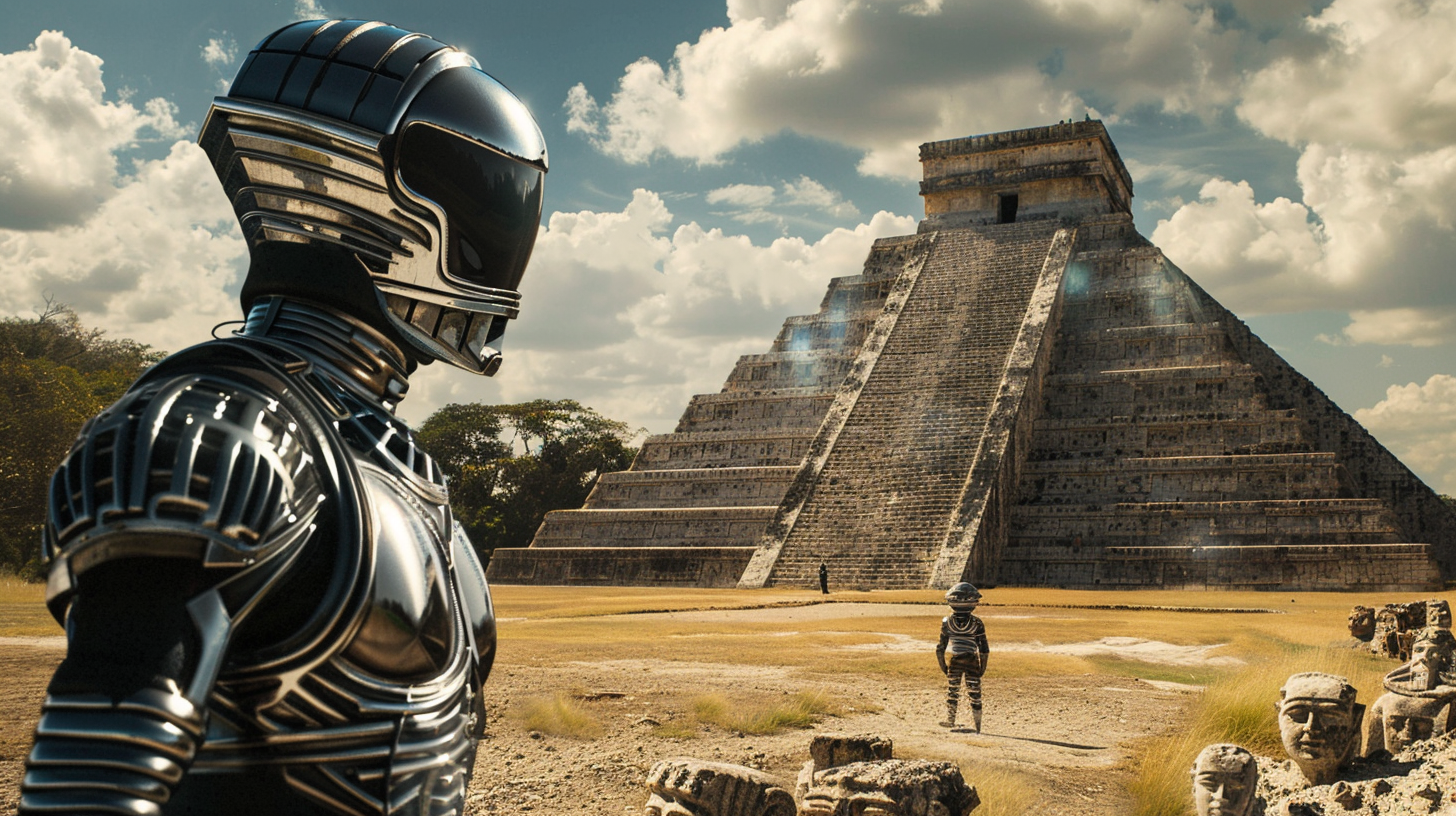Deep within the dense jungles of the Yucatan Peninsula lies the remnants of an ancient civilization shrouded in mystery. The remarkable Maya people, flourishing between 2,000 BC and 900 AD, have left behind a profound legacy marked by their exceptional achievements in astronomy, mathematics, written language, and architectural ingenuity.
Nestled amidst the lush landscapes of Honduras, the intriguing site of Copan emerges as a mesmerizing testament to the creativity and spiritual devotion of its inhabitants. At its zenith, this vibrant city spanned over 10 square miles, bustling with around 20,000 souls.
However, the splendor of Copan was not destined for eternity. In a perplexing twist of fate during the 9th century, the city was deserted, eventually succumbing to the relentless reclaim of the jungle. Nevertheless, within its ruins, lie tantalizing traces of the Maya civilization’s profound connection to the cosmos.

The stelae of Copan, standing majestically, act as silent witnesses adorned with intricate carvings portraying the semi-divine rulers of that ancient realm. These larger-than-life figures, embellished with hieroglyphic scripts, offer a glimpse into the Maya’s deep reverence for the celestial realm. Their aspiration seems to mirror the heavens on earth, embodying the timeless concept of “as above, so below.”
Recent expeditions to Copan have brought together experts from diverse fields, blending archaeology with the theories of ancient astronauts. Scholars like David Sedat, with over three decades committed to unveiling the mysteries of this enigmatic site, collaborate with enthusiasts like Giorgio Tsuokalos, who ponder the cosmic origins of ancient civilizations.
Amidst the towering monuments of Copan, a dialogue emerges between ancient epochs and the present, between tangible relics and speculative concepts. The symbols etched on the stelae depict a sky deity, a figure transcending mortal boundaries. Could these depictions serve as evidence of encounters with beings from realms beyond our own?

The parallels observed in the headgear of Copan’s rulers and those from distant lands like Mesopotamia evoke a sense of interconnection challenging conventional understanding. Across continents and cultures, the motif of the sky god emerges, suggesting a shared heritage transcending time and space.
Reflecting on the technological feats of our ancestors, we are reminded of Arthur C. Clarke’s profound words: “Any sufficiently advanced technology is indistinguishable from magic.” Could it be plausible that the marvels of ancient civilizations were indeed influenced by extraterrestrial forces? Contemplating this, Giorgio Tsuokalos speculates that the concept of celestial beings descending from the skies might stem from encounters with entities possessing incomprehensible technology.
Gazing upon the weathered stones of Copan, we confront the limitations of our knowledge. Yet, within those ancient enigmas, lies the enchanting allure of exploration and contemplation. Amidst the heart of the jungle, within the ruins of a once-mighty civilization, echo the remnants of a cosmic tale that transcends the boundaries of time and space.
